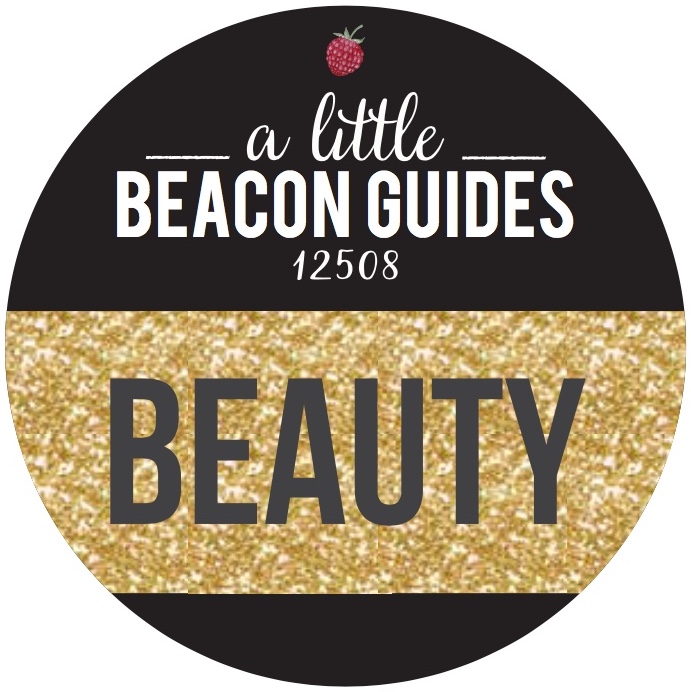Watch For Wandering Joggers And Zig Zagging Flying Gypsy Moths While High School Track Is Closed
/Picture of the Track Closed sign during renovations, which a scheduled completion to be August 31.
Photo Credit: Katie Hellmuth
During this season of the Track Upgrade, where the Beacon High School track is being replaced as a planned infrastructure project from the school’s 2021 Capital Project, as announced by Beacon’s Superintendent Landahl in early May, joggers and walkers who used to circulate on that track are forced to explore other areas of Beacon, often taking paved and unpaved trails they have never traveled on before. The track is heavily used by community members as well as students and faculty. “The work should take the entire summer,” Dr. Landahl explained, “but we will update the community when it will reopen in late August.”
That, coupled with the new wave of emerged spongy moths (formerly racially offensively known as '“gypsy moths”) from that storm of sponge moth caterpillars dropping from the sky on silk webs, makes joggers and walkers have much to avoid while outside. Vendors from farmers markets are noticing that they are also now dropping poop onto the vendor tents.
The old track that was dug up in preparation for a new track.
Photo Credit: Katie Hellmuth
While A Little Beacon Blog will not make public where the alternative jogging paths are in wide open spaces in Beacon, we will give you advice on how to live amongst these flapping moths flying all over the place, including, possibly, into your face.
It was reported earlier that the mating behaviors of the moths is that the females sit still and cannot fly, while the males fly “erratically” trying to find the females by following the females’ pheromone trails, as described by Cornell University. Essentially, you are walking through waves of love hormones. If you are listening to love music, like ABBA’s “Gimme! Gimmie! Gimmie! (A Man After Midnight),” then you may want to jog with your mouth closed, as a flying male moth may land right inside of it.
Several predators exist for the gypsy moth, which is a introduced and invasive species, including some bird species at this stage. Mice are important for eating the caterpillar version, as are wasps and even the Calosoma beetle.
Next step will be finding the eggs laid after the mating ritual, and destroying the eggs. Apparently fire wood is a source for eggs. Natural mitigation methods include recommending not moving firewood to new locations in order to contain the outbreak. Squishing the moths on contact can be gross, as you will hear their bodies break. Try catching them and flushing them down the toilet. Like with stink bugs.
Good luck.







































